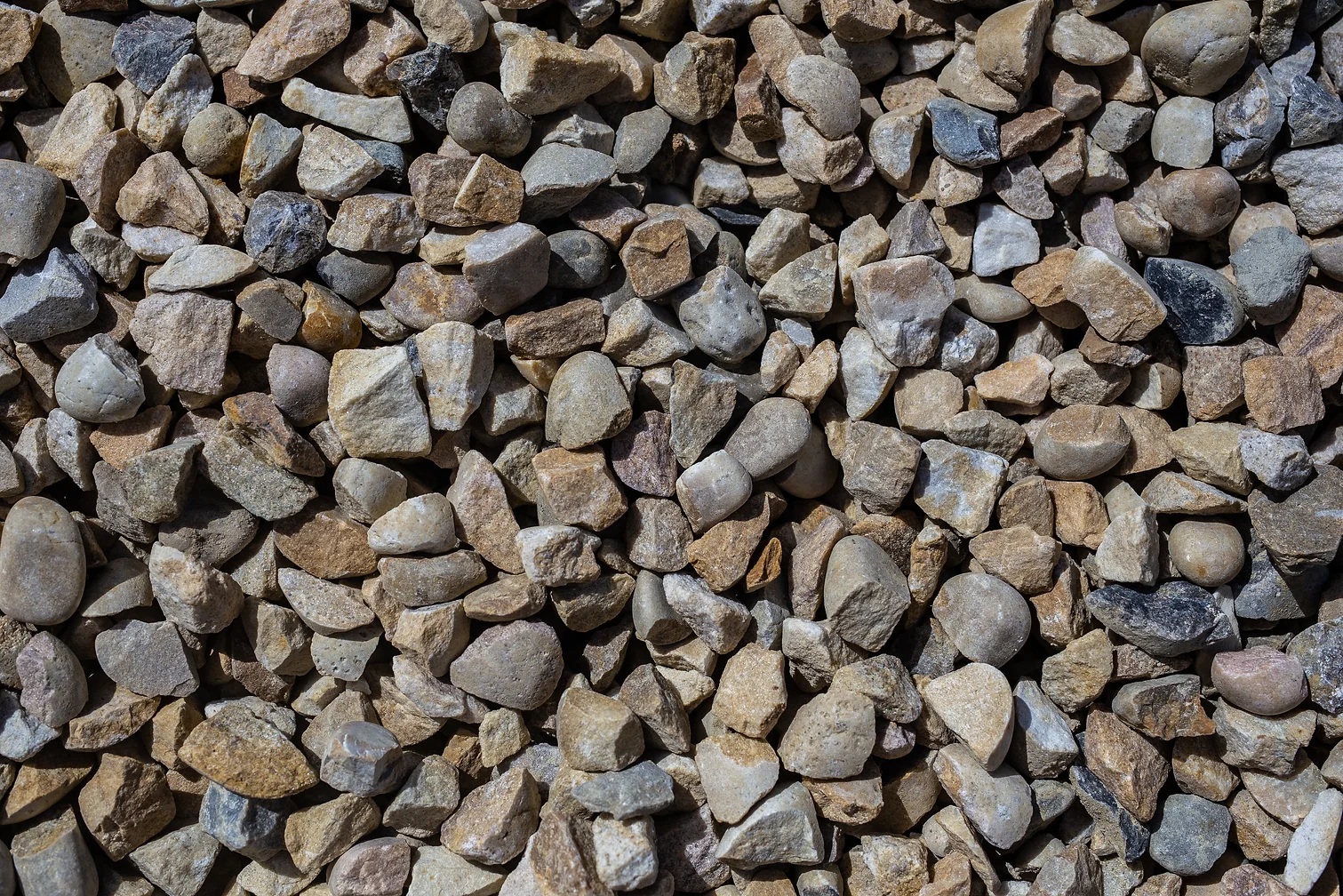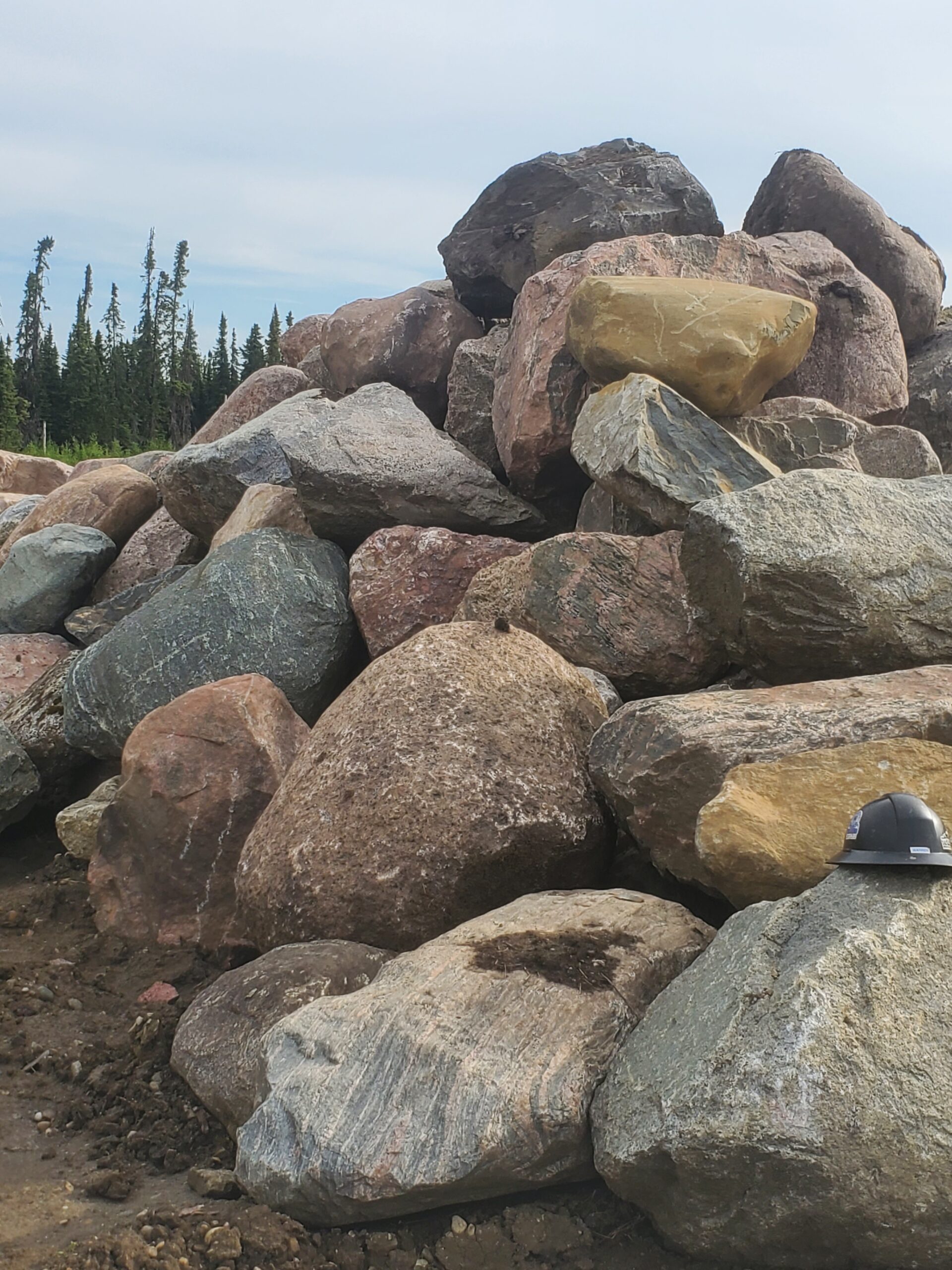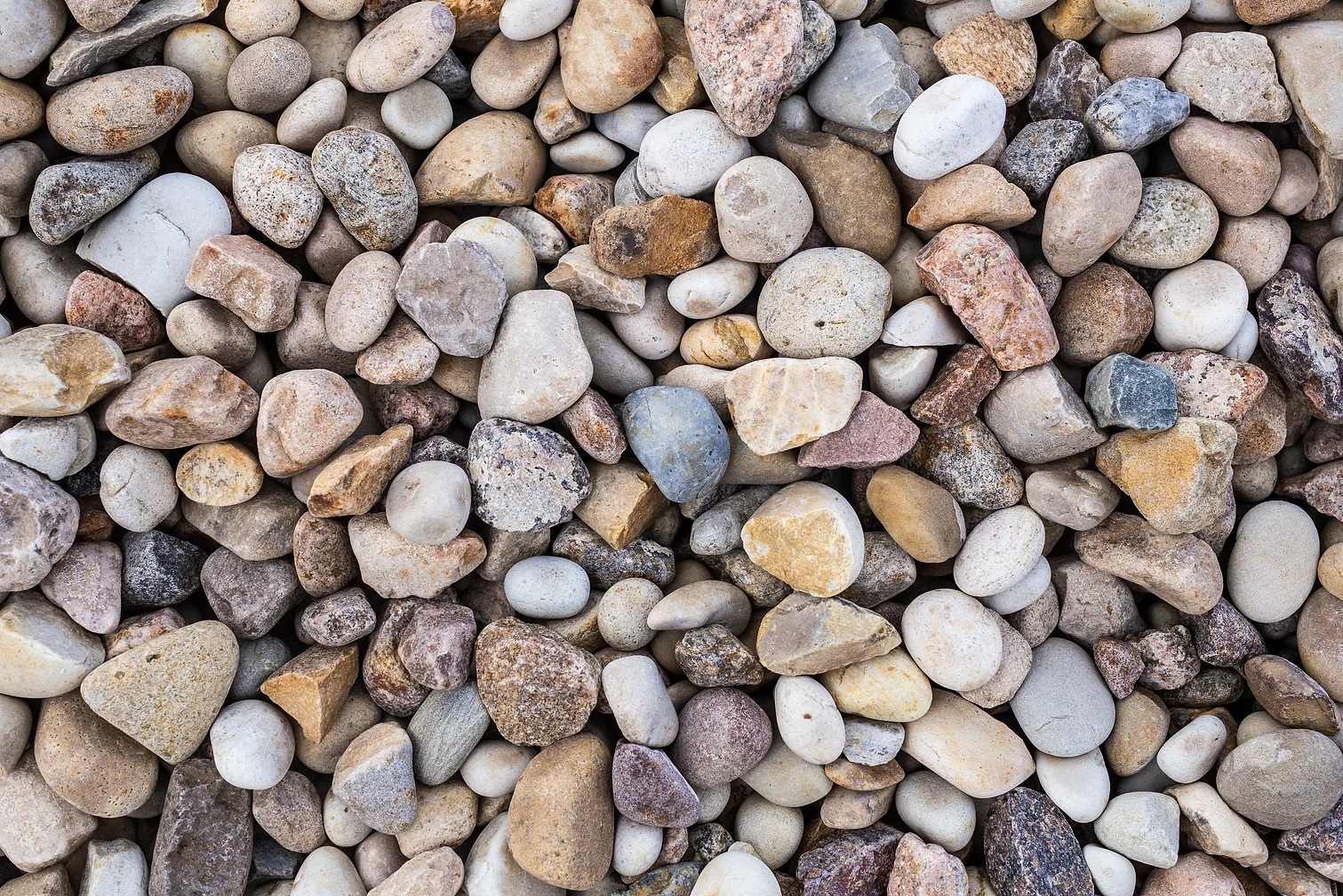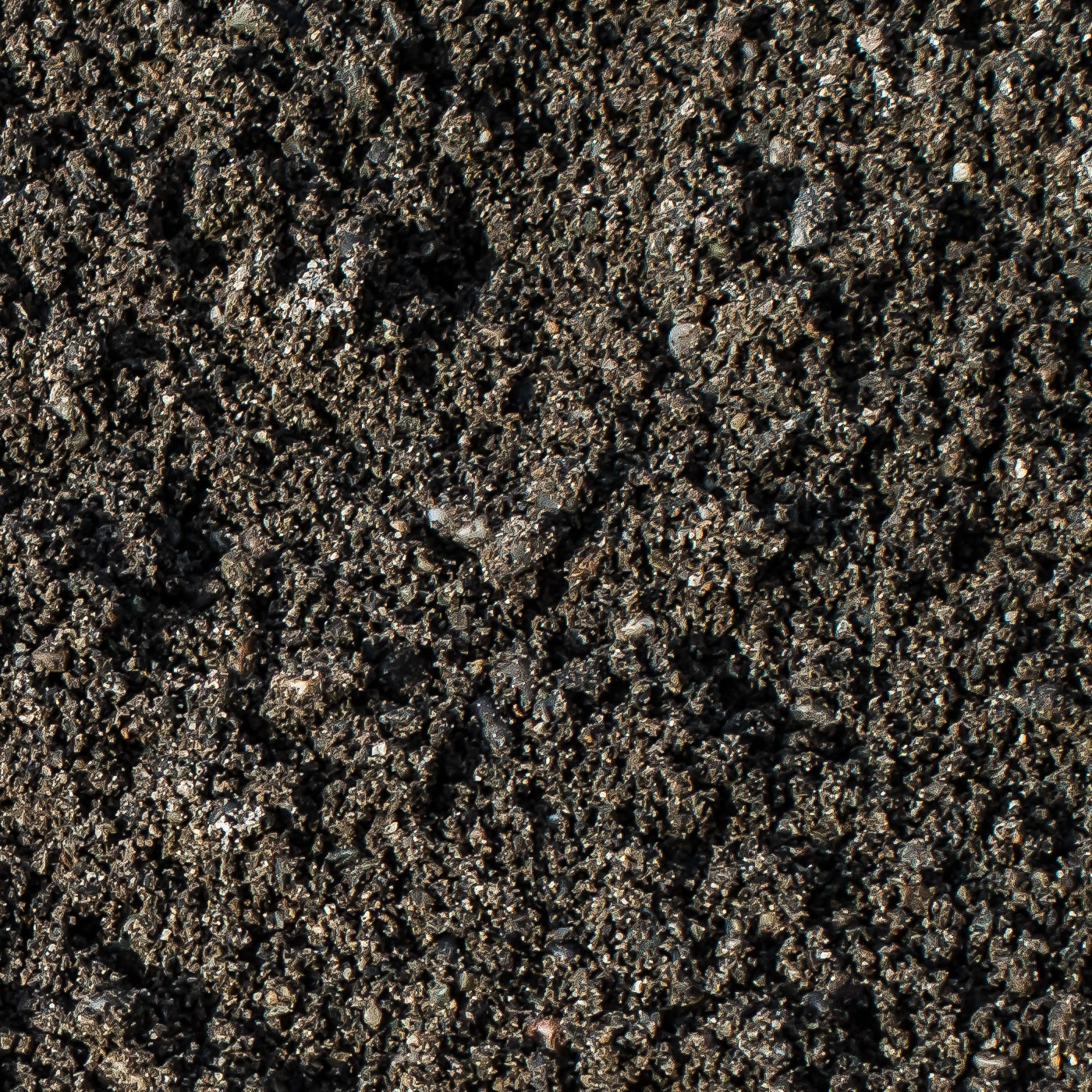$0.00
Fractured Screened Rock is a durable, angular aggregate for drainage, backfill, and erosion control applications.
Description
🪨 Fractured Screened Rock for Drainage Systems, Site Foundations & Erosion-Resistant Construction
Thrifty Alberta’s Fractured Screened Rock is a rugged, angular aggregate engineered for superior performance in drainage-heavy and structurally demanding environments. With its sharp edges and consistent grading, this material locks into place upon compaction, offering optimal interlock, load distribution, and water permeability across a wide range of construction and landscaping applications.
Sourced from premium quarry runs and professionally screened to size, this rock is a go-to solution for municipal infrastructure, site prep, and erosion-sensitive areas where strength and water flow matter most.
🧱 What Is Fractured Screened Rock?
Fractured Screened Rock is a crushed stone product processed to produce angular fragments of a uniform size. Unlike rounded stones or ungraded fill, this material has been screened to ensure particle consistency and fractured to promote mechanical interlock. The result is a rock that doesn’t roll, shift, or sink under pressure — even in wet or sloped conditions.
Available in common sizes like ¾”, 1 ½”, or 2”, this aggregate offers structural performance along with high permeability. It is also free from excess fines, allowing water to pass through while keeping the structure stable.
Its sharp edges and durable composition make it a critical component in underground utility zones, stormwater systems, and engineered backfill areas that experience variable loading and moisture.
🌿 Common Applications of Fractured Screened Rock
Fractured Screened Rock is widely used across commercial, residential, and industrial job sites where structural integrity and moisture control are priorities. Common applications include:
-
Drainage fields – Ensures flow and filtration in French drains, curtain drains, and weeping tiles
-
Backfill zones – Stabilizes walls, foundations, and utility trenches with high compaction value
-
Retaining wall support – Provides a strong, water-permeable layer behind retaining structures
-
Erosion control – Resists displacement in slope stabilizations, culverts, and water diversion systems
-
Utility bedding – Creates a stable base around pipes and conduits, promoting drainage and preventing sag
-
Road base & pad prep – Used in layered base systems beneath roads, walkways, or equipment pads
-
Site grading – Acts as a long-term fill for grade adjustments and terrain shaping in new builds
-
Landfill & environmental projects – Part of filtration and cover systems in regulated construction
Its mechanical strength, ease of placement, and dependable drainage performance make it a cornerstone material in modern infrastructure.
✅ Benefits of Using Fractured Screened Rock
-
High compaction strength – Angular edges bond under pressure for strong, stable structures
-
Excellent drainage – Large voids between particles allow rapid water movement
-
Minimizes shifting – Reduces movement under heavy loads, ideal for utility and foundation work
-
Uniform particle size – Easier to estimate coverage and control depth during application
-
Compatible with geotextile fabric – Pairs well with woven or non-woven barriers in drainage or stabilization systems
-
All-season performance – Resists freeze-thaw damage, heavy rainfall, and snowmelt displacement
-
Low maintenance – Once compacted, the material stays in place without routine grading
-
Versatile for layering – Works well with finer products above or below
For compaction layers beneath fractured rock, Sand Screened offers excellent leveling and bedding capabilities. Need deeper structural fill? Use Pit Run Gravel as a foundational base.
📐 Installation Tips
-
Use proper depth – For drainage layers, 4–6 inches is typical; for backfill or base systems, up to 12 inches
-
Grade with intention – Slope slightly away from structures to direct water flow
-
Compact in lifts – Use mechanical compaction in 3–4 inch layers for maximum stability
-
Install over fabric – Use geotextile to separate from finer subgrade materials and prevent migration
-
Avoid mixing sizes – Stick to uniform gradation for optimal drainage and compaction performance
-
Consider overbuild – In heavy-use areas, add 10% depth to allow for long-term settling
🔗 Learn More About Fractured Aggregate Applications
-
FHWA – Aggregate Gradation for Drainage (DoFollow)
-
The Constructor – Different Types of Aggregate for Construction (DoFollow)
These resources cover drainage performance, installation techniques, and construction classifications for aggregates like Fractured Screened Rock.





